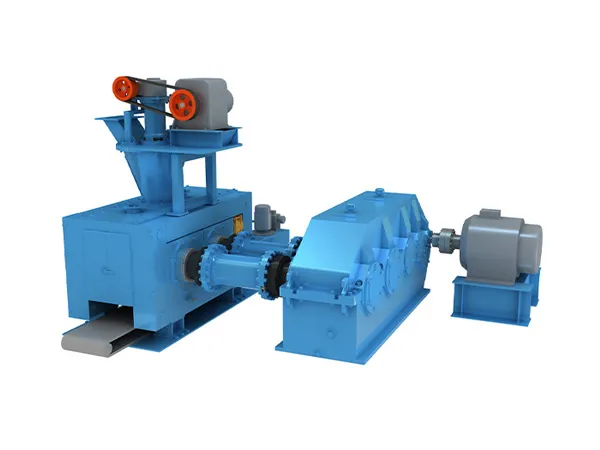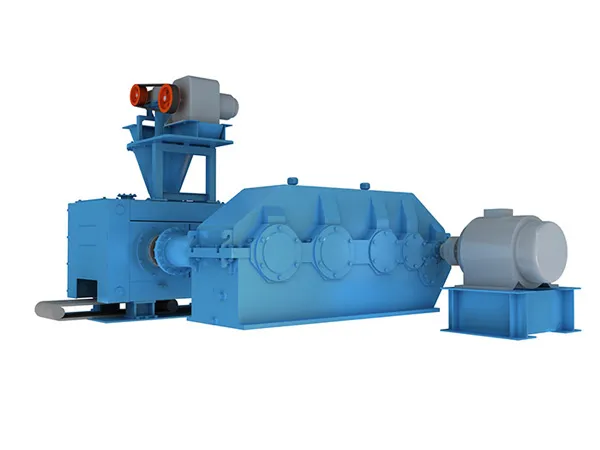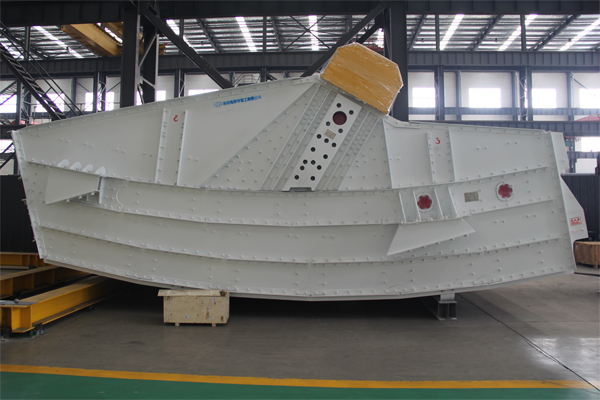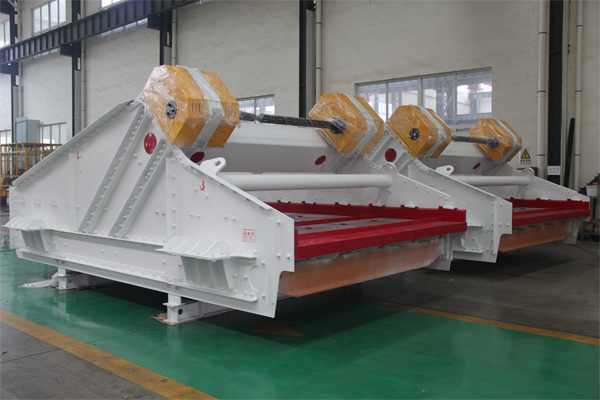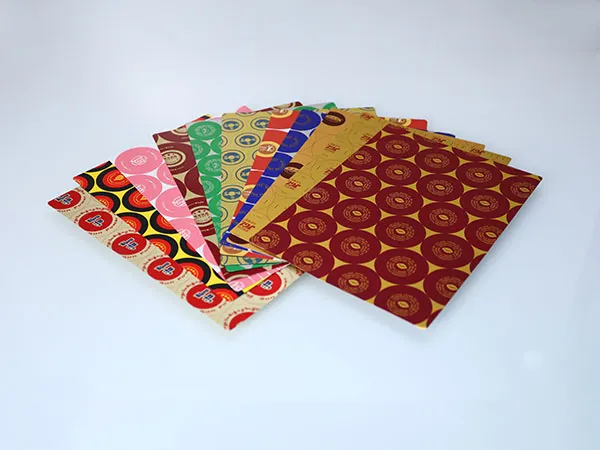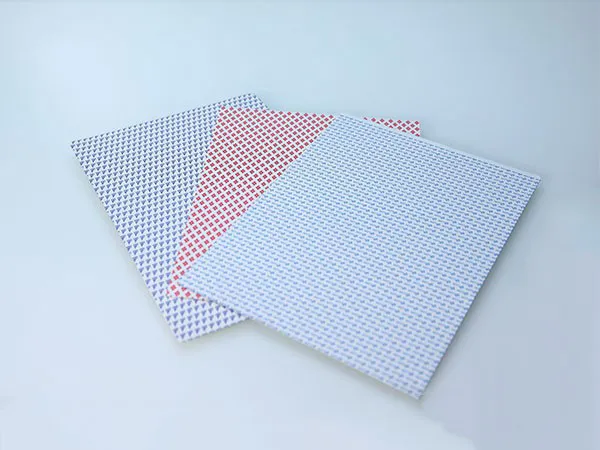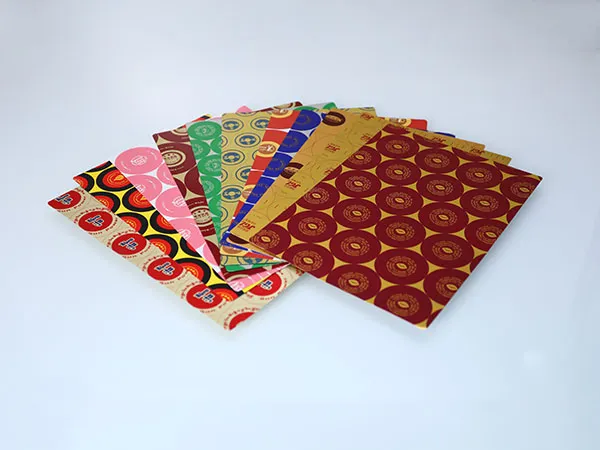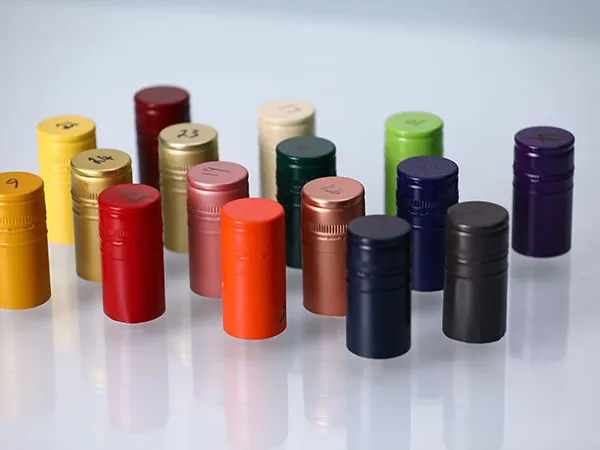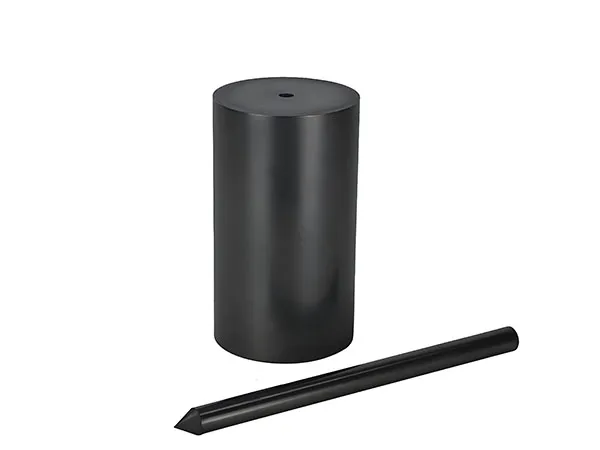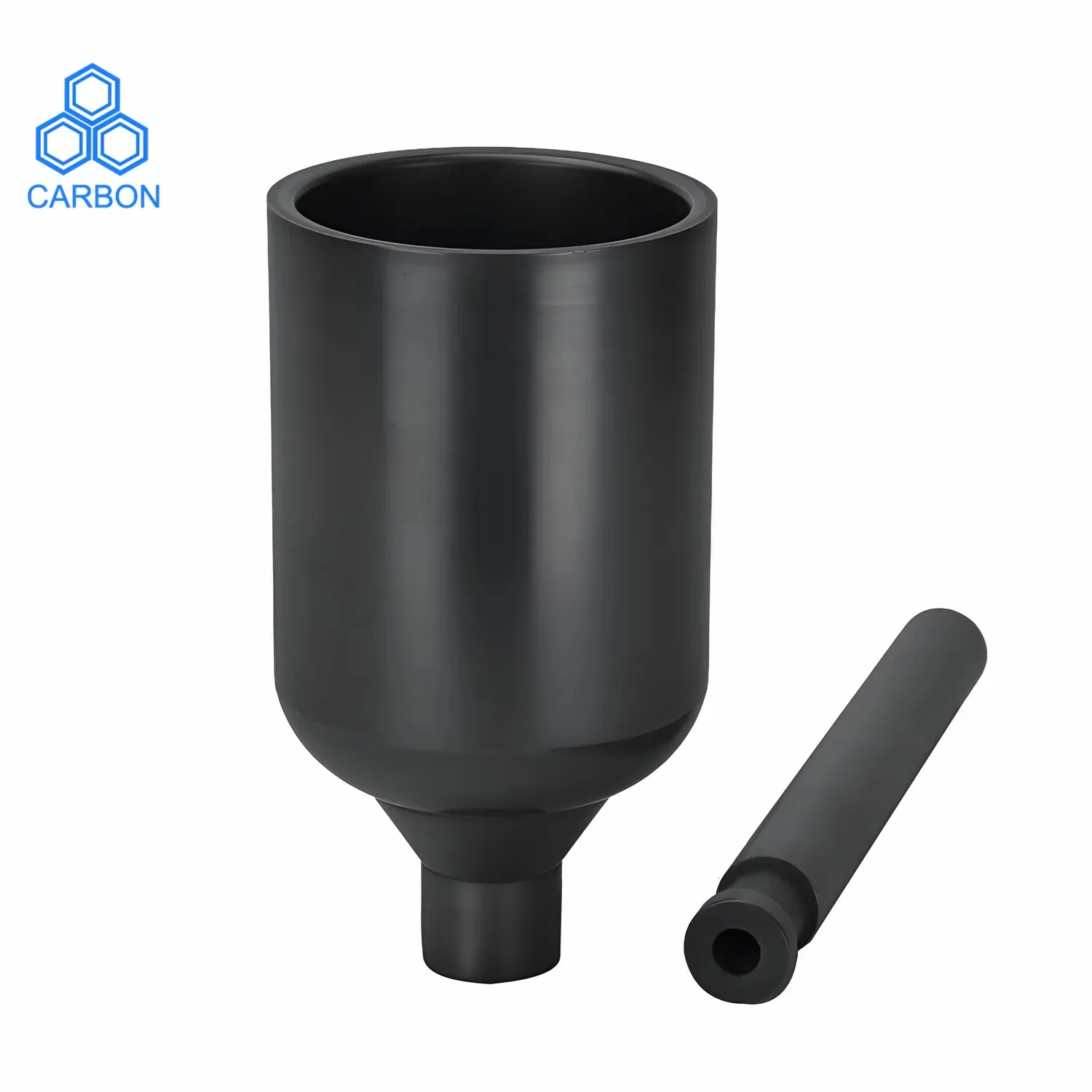А мяч пресс машина, more commonly known as a briquetting machine or briquetter, is used to compress powdery or granular materials into solid, uniform shapes (briquettes), often resembling balls, pillows, ovals, or squares. This process offers several advantages like improved handling, Хранение, перевозка, and utilization of fine materials.
Ball Press Machine Application

Metallurgical Industry:
Steelmaking: Briquetting iron ore fines, мельница окалина, converter dust, flue dust, and other iron-bearing materials for charging into blast furnaces or direct reduction plants. This recovers valuable materials and improves furnace operation.
Ferroalloy Production: Briquetting fines of manganese ore, chrome ore, nickel ore, п., for smelting furnaces.
Non-Ferrous Metals: Briquetting dusts and fines from copper, zinc, lead, and aluminum processing for recycling and smelting.
Lime and Dolomite: Briquetting quicklime or dolomite fines for use as flux in steelmaking, reducing dust and improving handling.
Уголь & Energy Industry:
Coal Briquetting: Compressing coal fines or dust into briquettes for industrial boilers, gasifiers, or domestic heating. This utilizes low-grade coal fines and reduces waste.
Coke Briquetting: Briquetting coke breeze (fine coke particles) for use in foundries or blast furnaces, recovering valuable fuel/reductant.
Charcoal Briquetting: Compressing charcoal powder (often with a binder) into briquettes for barbecue, industrial heating, or activated carbon production.

Химическая & Mineral Industry:
Удобрения: While granulation is common, briquetting can sometimes be used for specific fertilizer materials or formulations to reduce dust and improve handling.
Salt Briquetting: Producing salt blocks or briquettes for animal licks or industrial applications.
Обработка минералов: Briquetting various mineral fines (например, fluorite, magnesite, боксит) for easier handling, перевозка, or feeding into subsequent processes like kilns or furnaces.
Refractory Materials: Briquetting fine refractory powders before firing.
Environmental Protection & Waste Recycling:
Flue Gas Desulfurization (ФГД) Gypsum: Briquetting FGD gypsum powder, a byproduct of coal-fired power plants, for easier handling and potential use in construction materials (например, cement production).
…
More detailed information about the application of ball press can be clicked to visit: https://www.zymining.com/en/a/news/ball-press-machine-applications.html

